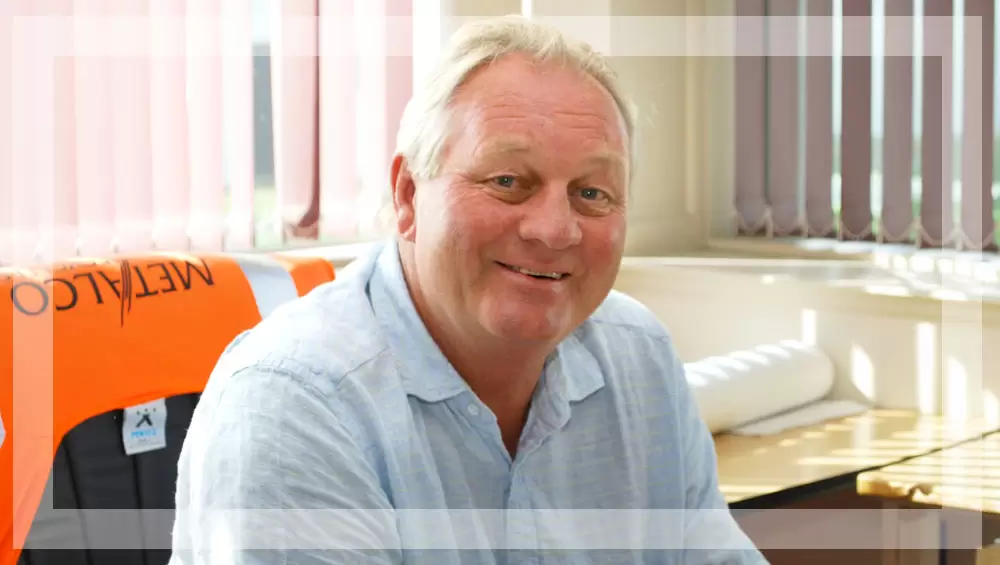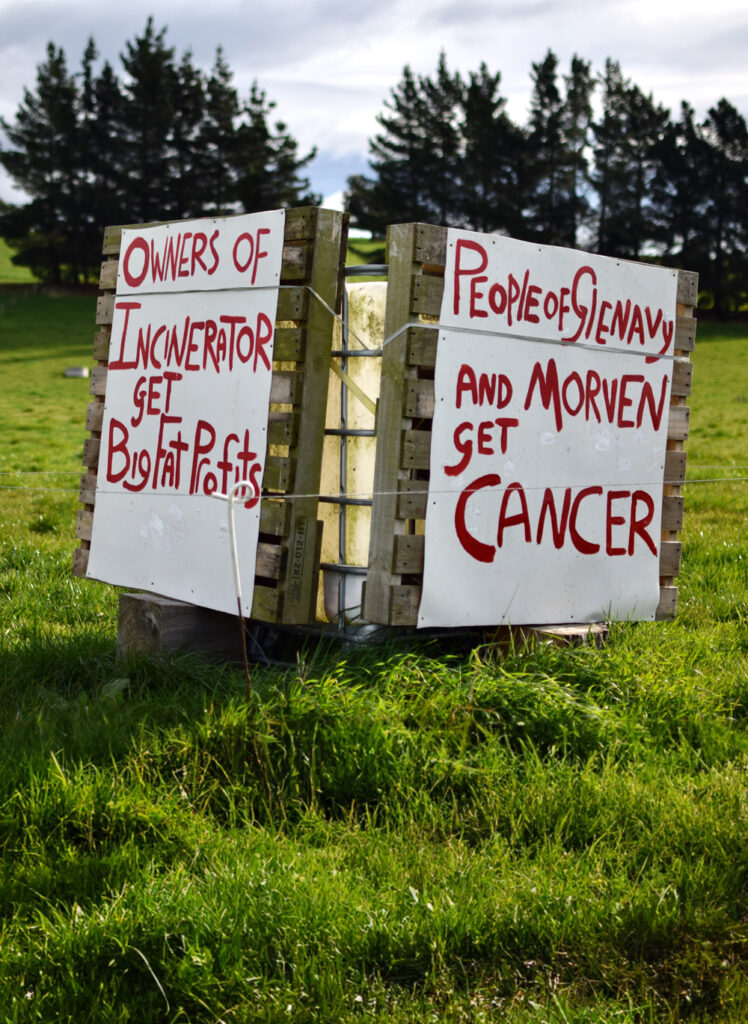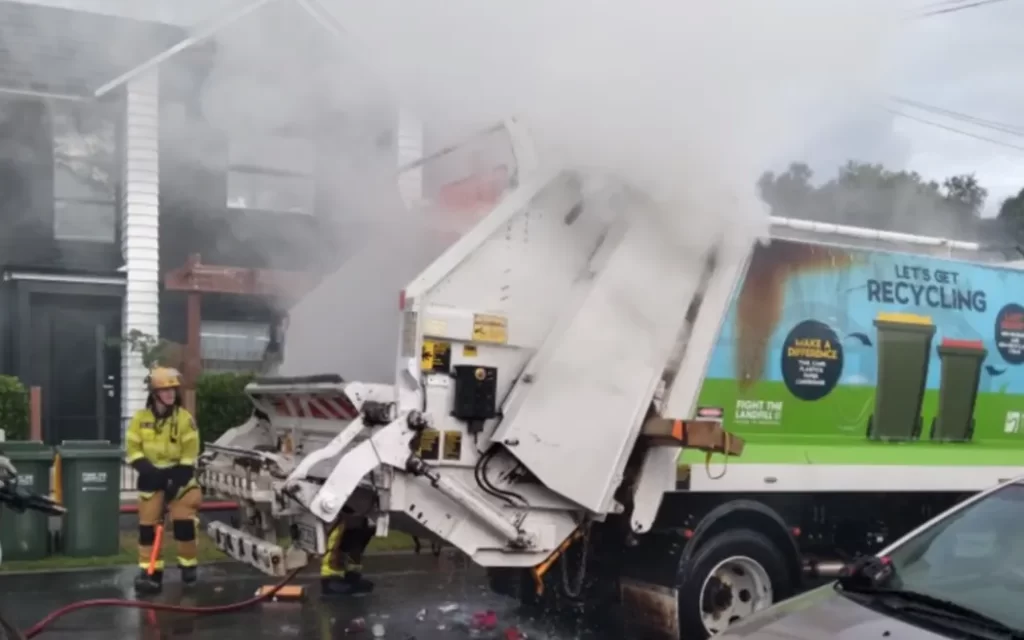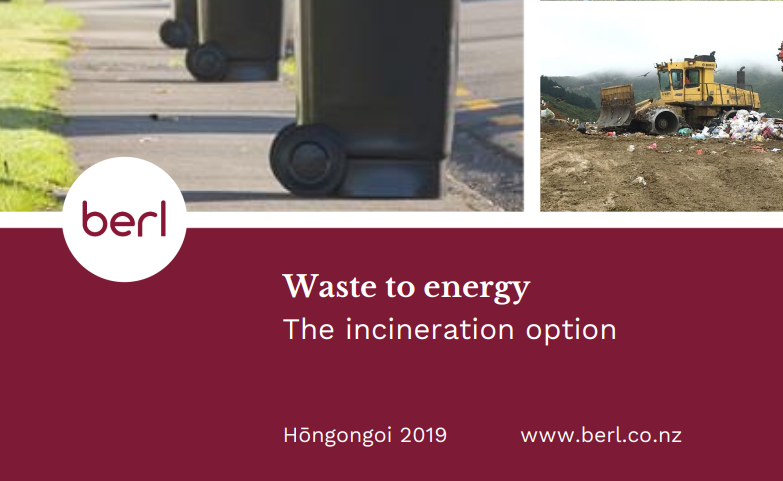In response to a proposal to build a waste-to-energy plant in Kaipara, Waimate doctor Crispin Langston said, “The health impacts from Waimate are significant, but these would potentially be dwarfed by those from the much bigger Kaipara plant.” He said waste-to-energy plant health concerns included toxins such as dioxins, heavy metals, and gases. Dr Langston is the spokesperson for a group of Waimate doctors who condemned a proposed W-t-E plant in Waimate, labelling it a “Waste to Poisons plant.” South Island Resource Recovery Limited is proposing the Waimate plant; the same company used to explore a plant in Kaipara that will incinerate twice as much waste as the Waimate plant. “Waste-to-energy plant technology has moved on, but it still produces large amounts of associated toxic discharges of things like dioxins,” Langston said. “These issues affect even modern waste incinerators, and every year, new deaths and diseases are directly linked to these plants.” “Many of the toxic discharges are not listed, not recognised and do not yet have to be monitored. That does not mean no risk, simply that protective legislation lags behind discoveries of harm,” Langston said. Jepson talks up the so-called benefits while downplaying the health impacts. Kaipara mayor and long-time W-t-E promoter responded, “The doctors were overcooking the technology’s health risks.” Perhaps the mayor has specialised medical training in the health risks of toxic emissions? Jepson also said “WtE plants globally now had to meet strict EU emissions limits, and these were measured. When it came to dioxins, modern WtE plants destroyed rather than discharged them as toxic emissions.” Both of Jepson’s statements are incorrect. W-t-E plants globally do not have to adhere to EU standards. A good example of this is China, which has varying standards throughout the country. Some of these Chinese emission standards are not even close to EU standards. The Waimate and Kaipara proposals involve South Island Resource Recovery Limited (SIRRL). SIRRL’s largest shareholder is China Tianying (CNTY). CNTY has 18 W-t-E plants in China, most of which operate to varying Chinese standards that are well behind EU standards. CNTY will operate and provide the technology for the Waimate plant. Given that Kaipara discussions include SIRRL, it is likely that it’s Chinese shareholder company would also be involved in the building and operating of any Kaipara plant. “Dangerous contaminants such as dioxin were no longer of concern.” Jepson was accredited in a media article stating that dangerous contaminants such as “dioxins were no longer of concern.“ Another dangerous claim to make given that even modern incinerators emit dioxins; SIRRL has stated that dioxin emissions from the proposed Waimate plant will adhere to EU standards, clearly different from not being discharged. The problem with dioxins is that they bioaccumulate, meaning they persist and accumulate to dangerous levels over time. So, while a plant may adhere to what is determined as acceptable levels, any amount of dioxin emission will accumulate to hazardous levels over an extended time. The Waimate resource consent is to discharge contaminants for 35 years. Mr Jepson also stated that emissions were measured, but this again is not completely true. Incinerators produce hundreds of toxins, but only a handful of these emissions are monitored or “measured.” W-t-E plants in China are required by law to provide continuous emission monitoring (CEM) of specific emissions. However, these only include carbon monoxide, sulphur dioxide, hydrogen chloride, nitrous oxides and particulates, while EU regulations require the monitoring of further emissions. The most dangerous emissions, including dioxins, furans, and heavy metals, will be subject to only occasional spot testing carried out over 3-12 month periods. Mr Jepson seems to be downplaying concerns while talking up the so-called benefits. He has earlier stated that the Kaipara plant would produce construction aggregate such as gravel. Currently, regulations in NZ don’t allow the reuse of incineration ash. Though recovered aggregates are reused in some European countries, regulations ensure the further washing, maturation and processing of the ash to remove toxins before reuse can take place. The resource consent application by SIRRL for Waimate does not include any contingencies for aggregate recovery and states that 100% of the annual 100,000 tonnes of ash produced will be landfilled. Learn more about W-t-E ash and aggregate recovery below. W-t-E ASH





